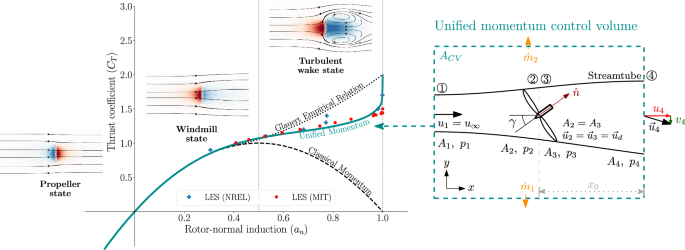2024-08-21 カリフォルニア大学バークレー校(UCB)
<関連情報>
- https://news.berkeley.edu/2024/08/21/to-kill-mammoths-in-the-ice-age-people-used-planted-pikes-not-throwing-spears-researchers-say/
- https://journals.plos.org/plosone/article?id=10.1371/journal.pone.0307996
クローヴィスポイントと前部シャフト: 洪積世の巨獣と石器矛との遭遇をモデル化する Clovis points and foreshafts under braced weapon compression: Modeling Pleistocene megafauna encounters with a lithic pike
R. Scott Byram ,Kent G. Lightfoot,Jun Ueno Sunseri
PLOS ONE Published: August 21, 2024
DOI:https://doi.org/10.1371/journal.pone.0307996
Abstract
Historical and ethnographic sources depict use of portable braced shaft weapons, or pikes, in megafauna hunting and defense during Late Holocene millennia in North and South America, Africa, Eurasia and Southeast Asia. Given the predominance of megafauna in Late Pleistocene North America during the centuries when Clovis points appeared and spread across much of the continent (13,050–12,650 cal BP), braced weapons may have been used in hunting of megaherbivores and defense against megacarnivores. Drawing from historical examples of pike use against lions, jaguars, boars, grizzlies, carabao and warhorses we consider the possibility of a fluted lithic pike. Associated osseous rods have been problematic as Clovis foreshafts due to the bevel angle and the apparent weakness of the splint haft when great strength is needed for deep penetration in megafauna hunting. However our review of Late Holocene pike use in megafauna encounters indicates the sharp tip becomes less important after hide or armor has been pierced because compression is sustained. Thus, foreshaft collapse after hide entry may not limit but rather increase the efficacy of the braced weapon. We conduct preliminary static experiments to model a fluted pike that adjusts during compression such that haft collapse and point detachment (when point jams on impact with bone) preserve the fluted biface, beveled rod and wooden mainshaft tip. In addition to Clovis point attributes and association with osseous rods, potential archaeological correlates of Clovis pike use include the high frequency of Clovis point isolates and concentrations of complete points with unbutchered mammoth remains at sites such as Naco in Arizona.



